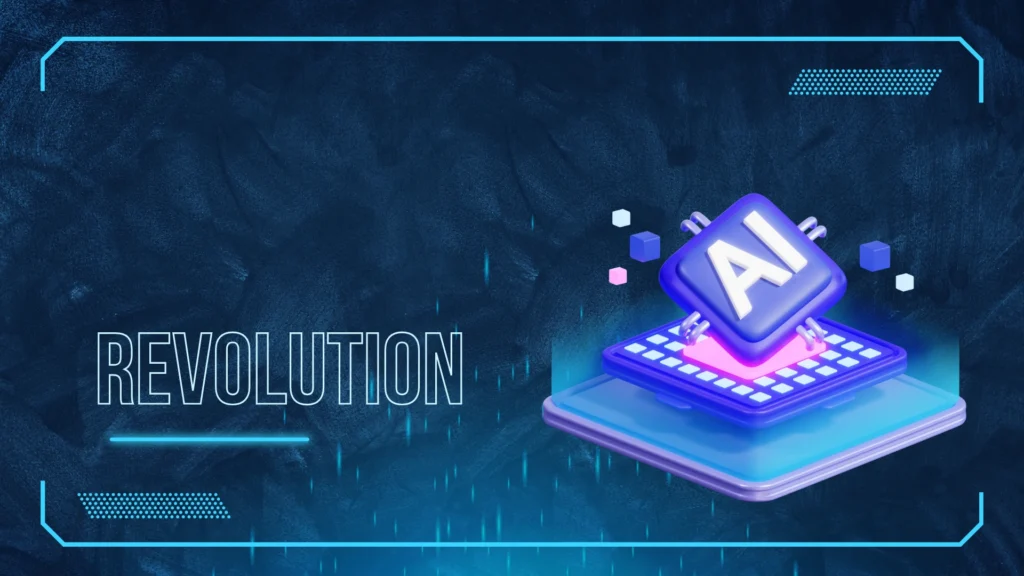The line between human and machine-written text continues to blur through 2025. Companies and individuals must become equally savvy at identifying computer-generated content as AI writing capabilities grow. Let’s examine current methods to spot AI writing and why the distinction matters.
Why Detecting AI Content Matters
The proliferation of AI-written material creates several concerns for businesses, educators, and consumers. Search engines still favor authentic human expression, while academic institutions require original student work. Media outlets must maintain credibility; consumers want transparency about what they read.
Knowing the source of content allows readers to evaluate its reliability and authenticity. For businesses, avoiding AI-generated material helps maintain brand trust and protects against potential intellectual property issues.

Common Signs of AI Written Text
AI writing has unique characteristics that humans can learn to spot:
- Predictable language patterns: AI tends to use conventional phrases and standard vocabulary.
- Consistent tone: Human writing shows natural shifts in voice and emotion; AI maintains uniform tone.
- Perfect grammar: While humans make occasional mistakes, AI typically produces flawless text, sometimes suspiciously.
- Generic examples: AI often lacks specific, unusual examples from personal experience.
- Cookie-cutter structure: AI follows logical but formulaic organizational patterns.
Look for odd word choices or strangely mechanical paragraph transitions. Many AI systems favor specific sentence structures or overuse particular transitional phrases.
The Best Way to Detect AI-Generated Content
Manual assessment works for small amounts of text but becomes impractical for larger volumes. A multi-layered approach works best:
- Run specialized detection software
- Review content manually for telltale signs
- Cross-reference information with known sources
- Analyze writing style consistency
A human author will exhibit distinctive stylistic quirks across their work. AI writing lacks these personal touches, displaying a somewhat homogeneous quality throughout.
Best AI Detection Tools
Several platforms offer reliable AI content identification:
- GPTZero: Uses perplexity and burstiness metrics to analyze text patterns.
- Copyleaks AI Content Detector: Offers detailed probability scores about AI involvement.
- Content at Scale: Provides comprehensive analysis with percentage estimates.
- Winston AI: This software specializes in detecting multiple AI writing styles.
- Turnitin AI Writing Check: Popular in academic settings with high accuracy.
Most tools provide percentage scores indicating a likelihood of machine authorship. Higher-quality detectors can identify specific AI systems (ChatGPT vs. Claude vs. Bard).

Limitations of Current AI Detection Methods
No system boasts 100% accuracy. Current detection tools face challenges:
- False positives: Highly technical or formal human writing may register as AI-generated.
- False negatives: Advanced AI can mimic human inconsistencies.
- Hybrid content: Text with both human and AI input complicates detection.
- Constant evolution: As AI improves, detection tools must continuously update.
A combination of tools and human judgment yields superior results compared to automated detection alone.
Compare Real-World Objects
AI struggles with authentic descriptions of physical objects. When analyzing content, watch for richly detailed descriptions of items or environments. Humans naturally include sensory details and unexpected observations about objects. AI typically creates more generic descriptions.
Ask suspected AI authors specific questions about real-world items in their expertise. Human experts can provide unusual details and comparisons that a machine would miss.

Check for Originality and Plagiarized Content
While AI can create original-seeming text, it trains on existing content and may inadvertently reproduce phrases or ideas. Good plagiarism checkers help identify both human copying and AI regurgitation.
Truly original human work contains unique insights, unconventional connections, or personal anecdotes impossible for AI to fabricate. Distinctive metaphors and cultural references also suggest human authorship.
Improve Your Rankings with Human-Created Content
Search engines continue to prioritize human-written material. Google’s helpful content update specifically targets AI-generated work lacking substantial value.
Human writers offer:
- Authentic expertise: Real-world knowledge goes deeper than data patterns.
- Cultural nuance: Humans grasp subtle social contexts AI might miss.
- Strategic creativity: People understand audience needs on an intuitive level.
- Ethical judgment: Humans can make value-based editorial decisions.
Investing in quality human writers remains essential for companies seeking strong SEO performance despite AI’s growing capabilities.

The Future of AI Detection
As we progress through 2025, expect AI detection technology to grow.. Machine learning systems now analyze subtle linguistic patterns invisible to human readers.
The arms race between AI content creation and detection continues to accelerate. Watermarking technologies may soon allow AI companies to embed invisible signatures in generated text.
Until then, combining technological tools with human judgment has offered the most reliable approach to separating machines from human content.
The goal should never be to eliminate AI writing. It serves valuable purposes in many contexts. The aim should be transparency, letting readers know when they engage with human or machine-created content.
Content creators and consumers can navigate our increasingly AI-influenced information landscape by staying informed about detection methods.


